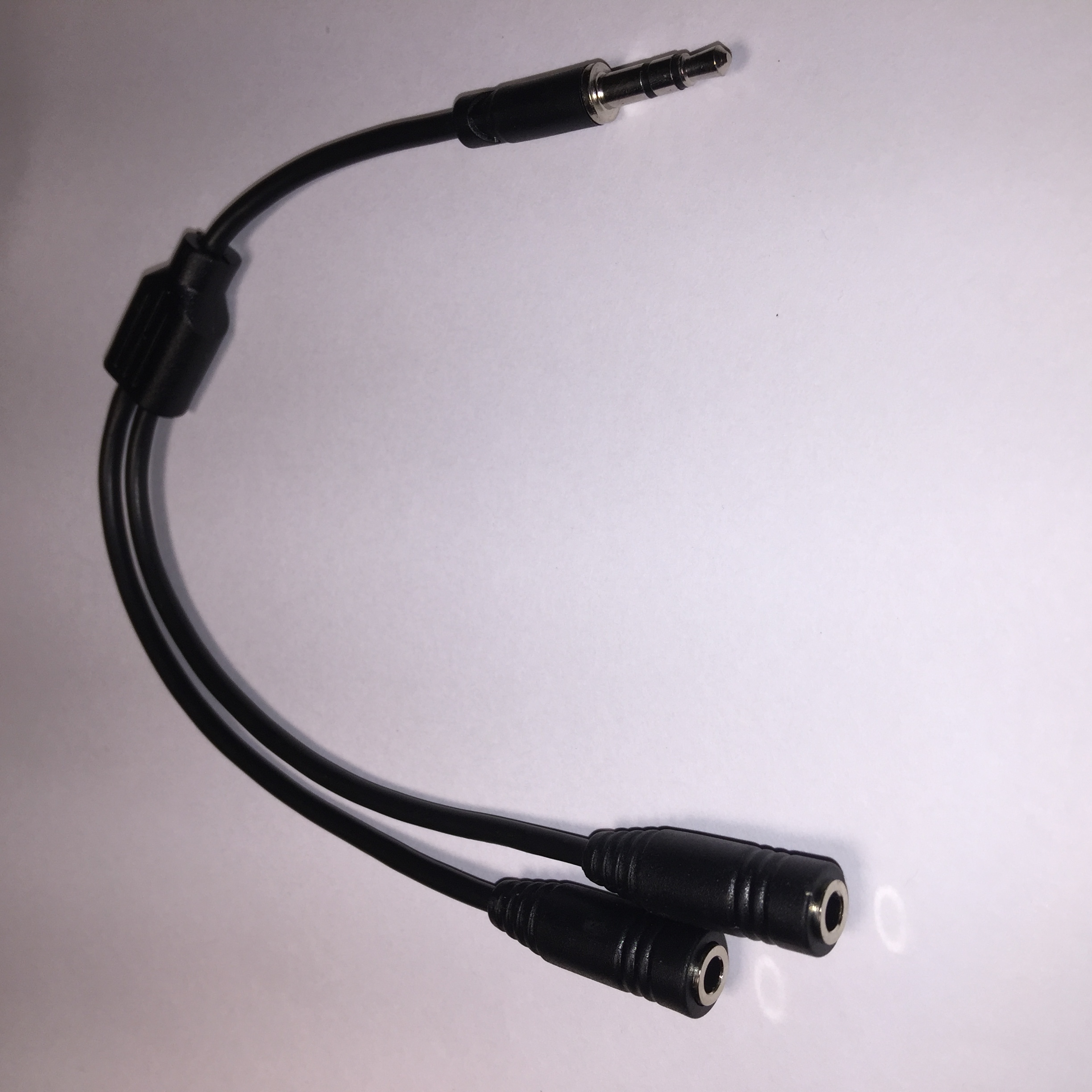


We quickly found that we preferred the less ambiguous control schemes, especially when pairing to multiple devices. Some offered only one button and one light for us to control everything and see the status, while others had more advanced (and easier-to-use) systems.

#1 8 stereo splitter Bluetooth
After pairing the headphones, we then paired a Bluetooth speaker to the models that connected successfully to see how they handled outputting to two devices. Although Bluetooth can be somewhat finicky, and a failure here doesn’t mean a given model will never work, you need to be able to rely on a consistently smooth process. Some connected instantly, as we expected, but a shocking number simply didn’t, even after repeated attempts. Ease of connection: We started by pairing, or attempting to pair, a set of headphones with each transmitter.
#1 8 stereo splitter tv
And we wanted them to be able to play audio through the TV or soundbar at the same time they broadcast the audio wirelessly. We chose to test only those transmitters that had both an optical audio input and output, allowing the audio to pass through to your soundbar (or other audio device), if you use one, rather than hijacking the signal altogether. Optical output, audio pass-through, and simultaneous output (for TV-based models): We noted a few additional considerations for stationary models intended for use with a TV.Some of the TV-based models also have batteries, but that’s simply a nice-to-have feature, as such models are most often used in a semipermanent, stationary position. We saw advertised battery life ranging from eight to 20 hours among these models even the low-end figures are pretty good and wouldn’t exclusively disqualify a transmitter.
#1 8 stereo splitter portable


 0 kommentar(er)
0 kommentar(er)
